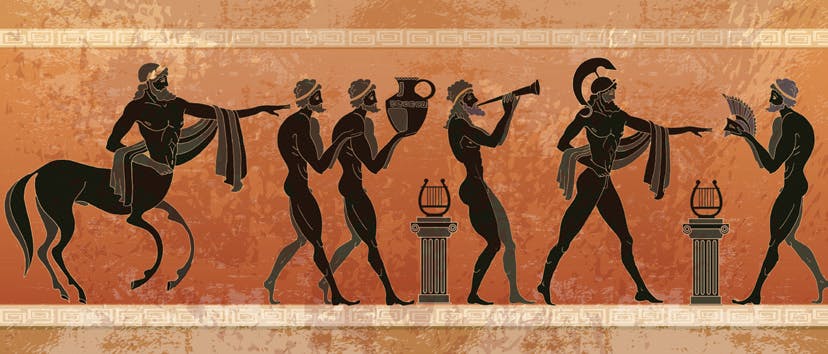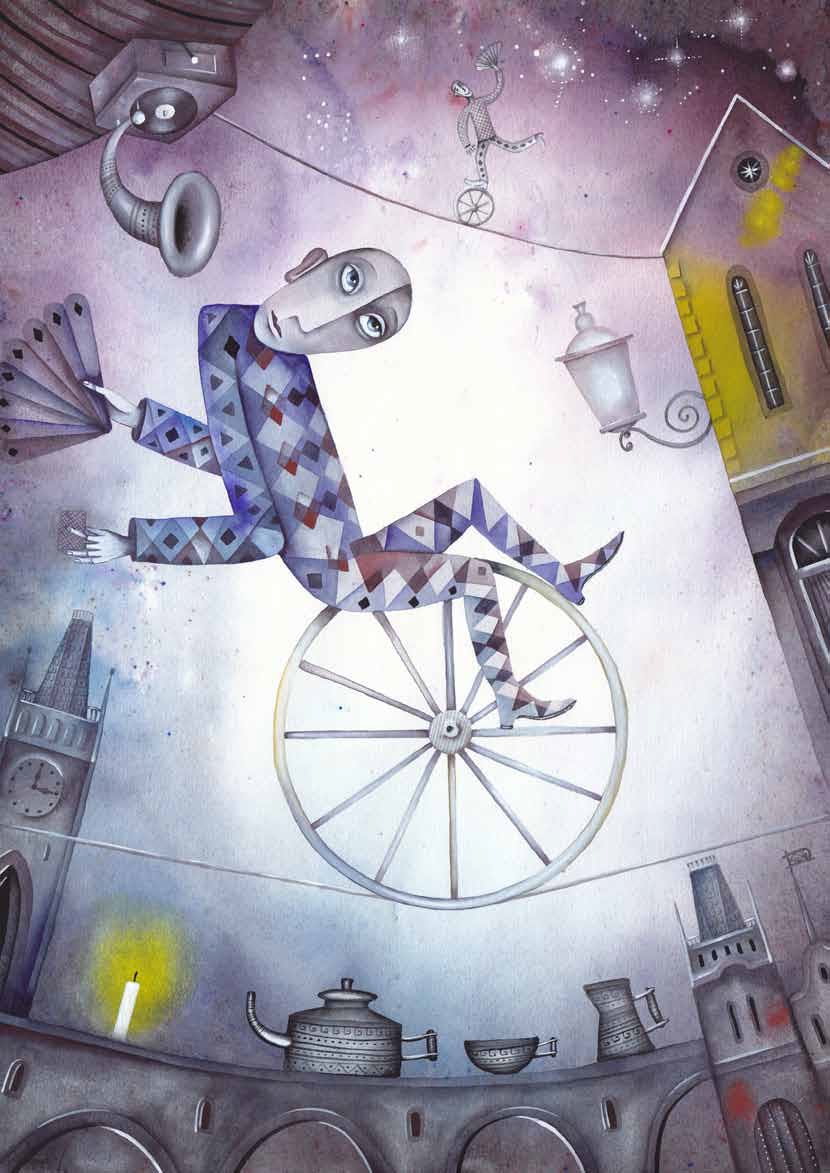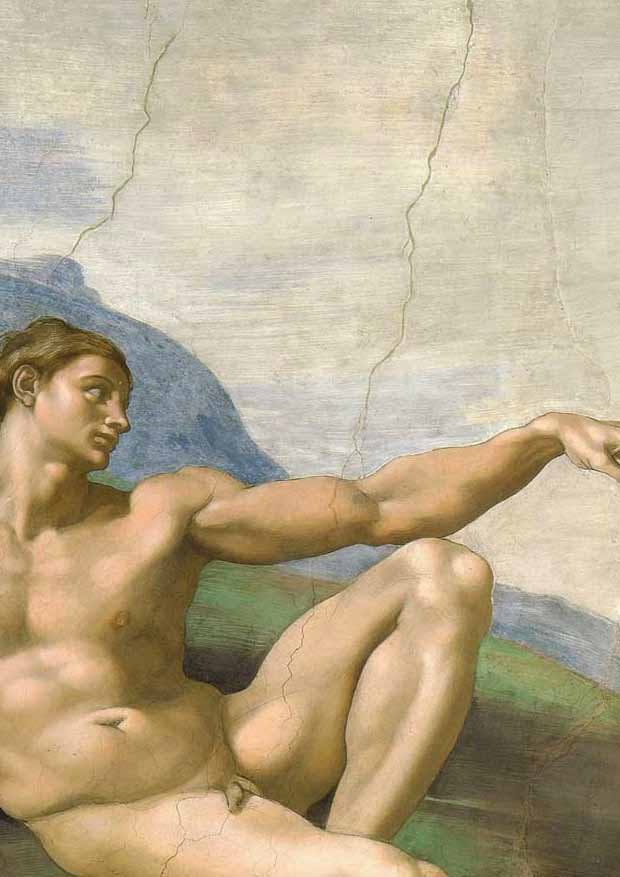
No Day Shall Erase You From the Memory of Time
We are enormously privileged to be living in the country which has more officially recognized Cultural Heritage Sites than any other in the world (fifty-four sites are on the UNESCO World Heritage list), and St. Stephen’s is particularly fortunate to be located in the heart of a city whose cultural heritage has contributed so much of significance to the western world. Not many schools can boast such a location.
The enormous cultural wealth of Rome has always drawn visitors. In the ancient world, they came to Rome to see the centre of political power, later they came as religious pilgrims, and then to enjoy the artistic wonders of the Renaissance and Baroque. Last year, nearly ten million tourists traveled to the Eternal City. By visiting Rome, European tourists can learn something of their own heritage, while other visitors can appreciate cultural differences, and perhaps even see similarities.
But what did the ancient Romans themselves think about cultural heritage-- their own and that of others? Was it important for them to know their cultural heritage, to learn from it, to preserve it, and to pass it on to future generations, as we conceive of it today?
The Roman poet Horace, writing c. 14 BC had no doubt about the importance of the Greek legacy to Rome:
For Horace, Rome was uncivilized before she absorbed the immense cultural and intellectual legacy of Greece. In his view, the great cultural achievements of the Romans would simply not have been possible without their knowledge and ppreciation of the Greek arts. Those past achievements of the Greeks provided inspiration for the present and a way to the future. Horace himself claimed that through his poetry he had created a ‘monument more lasting than bronze’.
Perhaps the poet Vergil is the greatest example of this. In the Aeneid, he took on the daunting challenge of ‘imitating’ the greatest of all poets -- Homer. He proclaims this in the opening words of the poem – arma (weapons) referring to the Iliad, and virum (man) referring to the Odyssey. This would be like a painter challenging the ceiling of the Sistine Chapel. Homer reigned supreme in both the Greek and the Roman worlds. For the Greeks, he was their cultural heritage. He was what gave them a sense of identity, of unity; he gave them a common language, a common pantheon, common values, a shared story. For the Romans, he was the means by which they could claim a prestigious origin, for they created a foundation legend that linked them to the Trojan War, and through this, they shared a common past with the Greeks. Aeneas, the Trojan warrior who came to Italy and founded the Latin race, was a hero, the son of Venus. His descendant was Romulus, the founder of Rome, and descended from him was Augustus, founder of the new Roman order. Aeneas, Romulus, Augustus – a triad that spanned centuries and that used the prestige of a cultural tradition to legitimize the present and to forge a future.
Vergil’s epic relies on a shared knowledge; a cultural memory of the Trojan War, and the two poems which celebrate it. He uses the legendary past and his audience’s knowledge of that past to create a bold new work where Augustus both is and is not, Aeneas (‘time future contained in time past’ (T.S.Eliot, Burnt Norton). Without the Greek legacy, without the poet’s complete confidence that his audience would recognize characters, episodes, even verses, his poem would not have the universality and the power that it does.
For the educated Roman in Vergil’s time, cultural heritage was fundamental. Life, literature, art would have been inconceivable without it. It would simply have made no sense. They knew their cultural heritage, they used it in all aspects of life, and they endeavoured to preserve it for future generations. Vergil’s works have survived for over two thousand years, as monumental and imposing as some of the ancient Roman buildings, like the Pantheon or the Colosseum, which tourists come to visit each year.
And while the postmodern look at cultural heritage has evolved into a more complex paradigm, a thoughtful and thorough examination of its historical foundation is no less fundamental today than in Vergil’s time. Perhaps it is because of its current complexity that it might serve to examine not only the heritage we have come to understand as a bedrock of Western civilisation but cultural legacy beyond the nether regions of the former Roman Empire. After teaching the Aeneid to two generations of students at St. Stephen’s, the privilege of sharing in that cultural continuity as well as serving as a guide to unravelling the mysteries of our ancient past, has created what one would hope would be a greater empathy and appreciation for identity and patrimony, which invariably paves the way to developing a promising future. But imagine where we would be today if the ancients had not laid that first stone.
Dr. Helen Pope is the Founding Director of the Lyceum, the St. Stephen’s Institute for Roman Culture, which was made possible through generous donations of St Stephen's alumni/ae. A former head of the Classics Department at St. Stephen’s School in Rome, Dr. Pope taught Latin and Classics to students for thirty-five years before retiring in June 2018. She is currently a contributing writer to The Cortile, works with refugees in Levbos and runs two orphanages in the Congo: Passy's Kids and the Tchukudu Kids.
Dr. Pope also leads St. Stephen’s Alumni & Friends trips twice a year.





